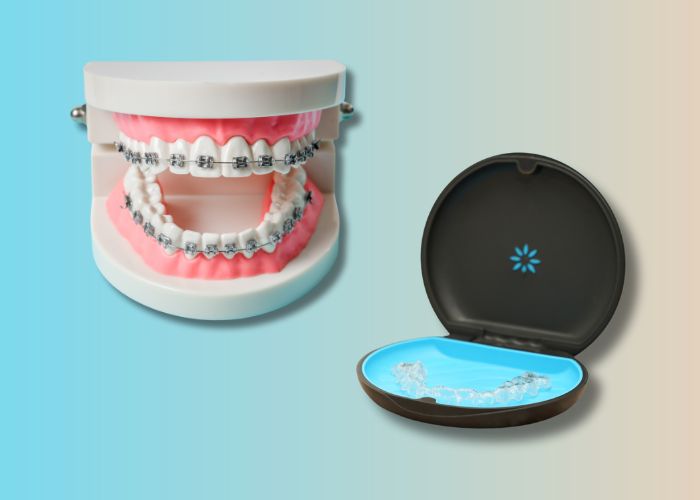Table of Contents

Introduction to Teeth Alignment in Kids
Teeth misalignment, commonly known as malocclusion, is a frequent dental problem that affects both children and adults. It describes the abnormal alignment of teeth when the jaws are closed. Misaligned teeth not only affect the appearance of a smile, but they can also cause a variety of functional and health difficulties. Understanding the different forms, causes, and indicators of misalignment is the first step toward effectively treating these issues. This blog delves into the fundamentals of tooth misalignment and the different orthodontic remedies like braces.
Are you in the New Haven/Shoreline area and have questions about your child’s teeth alignment?
A free consultation with Dobie Revolution Orthodontics is always available.
Types of Teeth Misalignments
Teeth misalignment can take many different forms, each with its own set of traits and ramifications. Recognizing these categories aids in identifying the most appropriate treatment strategy.
Overbite
An overbite develops when the upper front teeth overlap much more than the lower front teeth. A modest overbite is typical; however, severe overlapping can cause:
- Wear and tear of the enamel on the lower teeth.
- Improper alignment can cause jaw pain.
- Difficulty biting and chewing.
Orthodontic therapy can help correct overbites by realigning the teeth and leveling them.
Underbite
An underbite occurs when the lower teeth extend past the upper teeth. This condition may lead to:
- Challenges with chewing and speaking.
- Increased risk of tooth wear/fractures resulting in more dental work.
- Increased jaw muscle strain which can be painful.
Braces and other orthodontic appliances (e.g. palatal expanders) are frequently used to treat underbites, restoring normal alignment and functionality.
Crossbite
A crossbite is defined as one or more upper teeth resting inside the lower teeth when the jaws are biting together. It can have the following effects:
- Asymmetrical jaw development and alignment which can be permanent.
- Increased tooth wear/enamel chipping.
- Gum recession from traumatic biting.
Early intervention is critical for repairing crossbites and avoiding long-term consequences.
Open Bite
An open bite occurs when the upper and lower teeth do not connect properly, producing a space in the front of the mouth when the back teeth are touching together. This mismatch may cause:
- Speech impairments, such as a lisp.
- Anterior tongue thrusting.
- Problems biting into food.
- Excessive pressure on the back teeth.
Orthodontic treatments such as braces or clear aligners can help close the gap and restore a functional bite.

Causes of Misalignment
Understanding the underlying reasons for tooth misalignment can aid in prevention and early treatment.
Genetic Factors
Genetics have an important impact in dental alignment. Traits inherited from parents, such as jaw size and tooth form, might cause:
- A smaller jaw which leads to more crowded teeth.
- Larger jaws resulting in excessive spacing/gaps between teeth.
- Misaligned jaws which cause bite difficulties.
Regular dental exams can help monitor and control these hereditary issues.
Early Loss of Baby Teeth
Baby teeth serve as a placeholder for permanent teeth. Premature loss of these primary teeth can result in:
- Adjacent teeth shifting into the empty area resulting in crowding.
- Misalignment of the incoming permanent teeth.
- Blocked out permanent teeth.
These consequences can be mitigated by using space maintainers and receiving timely orthodontic evaluations.
Prolonged Thumb Sucking
Prolonged thumb sucking or pacifier use after toddlerhood might disrupt the development of the teeth and jaws resulting in:
- Open bites or overbites.
- Posterior crossbites.
- Changes in the form of the dental arch resulting in narrow arches and flared incisors.
Breaking these patterns early can help prevent long-term misalignment difficulties. As soon as the first permanent tooth erupts (around age 6), this habit should be completely gone otherwise permanent changes in the development of the face can occur.

Signs That Suggest the Need for Orthodontic Evaluation
Recognizing the indicators of misalignment early on can lead to timely and effective treatment.
Difficulty Chewing or Biting
Problems chewing or biting food may suggest underlying dental concerns, such as:
- Misaligned bites can cause discomfort when eating.
- Uneven pressure on the teeth can cause uneven and excessive wear and tear.
Consulting an Orthodontist can help you address these issues and enhance your dental health.
Noticeable Misalignment of Teeth
Crooked, crowded, or gapped teeth are obvious evidence of malocclusion. Additional symptoms include:
- Teeth that do not fit together well.
- Jaw ache and clicking sounds.
Early examination provides for a complete treatment plan that is tailored to the patient's specific needs.
try the dobie revolution video game!

Orthodontic Treatment Options
Orthodontics provides a variety of techniques to rectify tooth misalignment, resulting in a healthier and more confident smile.
Traditional Braces
Traditional braces employ brackets and wires to gradually shift teeth into the right positions. They are effective at:
- Severe misalignment.
- Complex biting difficulties.
- Long-term results from consistent modifications.
Clear Aligners
Clear aligners, like Invisalign, offer a more inconspicuous alternative to braces. They are appropriate for:
- Mild to moderate misalignment.
- Patients that want a removable, practically undetectable solution.
Aligners must be worn continuously (20 - 22 hours/day) for optimal results, with aligner changes taking place either weekly or bi-weekly.
Other Appliances
Additional orthodontic devices, such as palatal expanders or retainers, may be used to address specific concerns. These appliances can help:
- Widen the upper jaw to improve alignment.
- Maintain tooth placements following treatment.

Invisalign vs. Traditional Braces: Which Orthodontic Treatment Is Right for You? – A Comprehensive Comparison
invisalign vs traditiona brace which orthodontic treat Is Right for You? – A Comprehensive Comparison
Benefits of Early Orthodontic Intervention
Starting orthodontic treatment early has considerable long-term benefits for dental health and development in certain patients. It is always better to seek an evaluation at an earlier age (around age 7-8) to see if this is appropriate. If no treatment is necessary at that time, then careful monitoring is instead an ideal plan.
Preventing More Severe Issues
Early intervention can treat minor issues before they become more severe. Some examples include:
- Correcting jaw growth patterns.
- Preventing the need for more invasive procedures later.
Shorter Treatment Time
Treating misalignments throughout childhood often results in shorter treatment times later on. This is because:
- The jaw and teeth are still growing and easy to guide.
- Early adjustments avoid issues that require substantial correction.
What to Expect During Treatment
Understanding the treatment process allows patients to better prepare for their orthodontic journey.
Treatment Duration
The duration of orthodontic treatment depends on factors such as:
- Severity of misalignment.
- The type of appliance used.
On average, treatment lasts 12 to 24 months, with regular orthodontic appointments to track progress.
Care and Maintenance of Orthodontic Appliances
Proper care ensures the efficacy of orthodontic appliances and promotes oral health. The key practices include:
- Cleaning braces or aligners on a regular basis helps to reduce plaque accumulation.
- Following dietary limits to prevent appliance damage.
Dobie Revolution: Consistently Voted CT Magazine’s Top Dentists
Conclusion - Moving Forward From Here
Teeth misalignment can have an influence on oral health, functionality, and self-esteem, but modern orthodontics provides effective answers to these issues. Understanding the reasons and indicators of misalignment, as well as examining treatment options and their advantages, is critical to obtaining a healthy and aligned smile. Patients who work with an experienced Orthodontist, like our team at dobie revolution orthodontics, can start on a road to better dental health and confidence.













